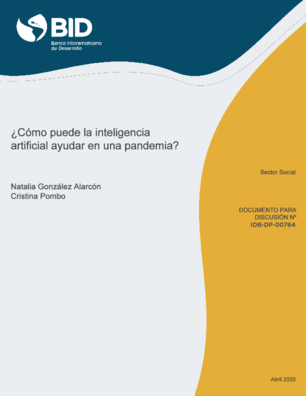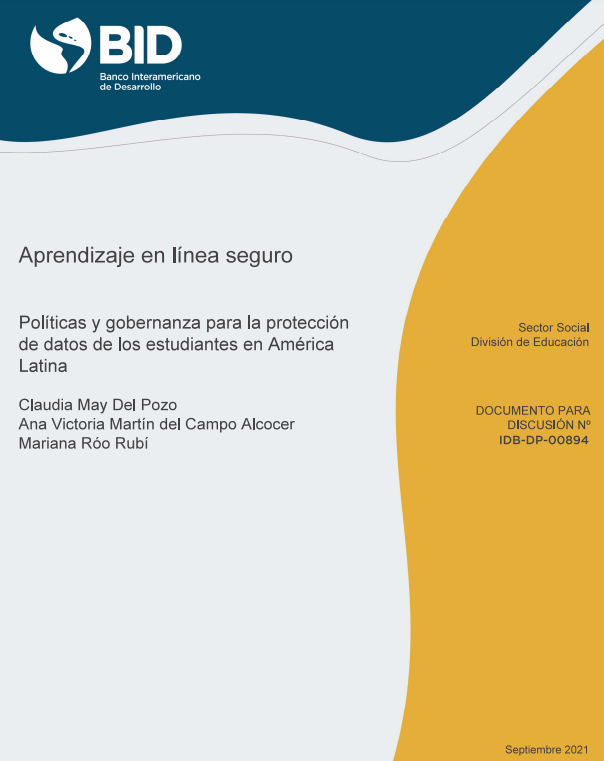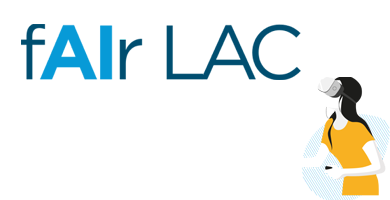Back to Observatory
System for screening and early detection of diabetic retinopathy
Description of the service
A system that allows screening and early detection of diabetic retinopathy.
Problem that it solves
Prevent the development of Type 2 diabetes and diabetic retinopathyType of AI app used
Customization, Prediction
Main results to June 30, 2021
A basal non-evoked electroretinogram (ERG) revealed that animals and humans present intrinsic oscillations, whose characteristics change when the patient has pre-diabetes, metabolic syndrome, or diabetes with or without diabetic retinopathy. This information is relevant to proposing a system that automatically analyzes and classifies these oscillations based on their characteristics for screening tests, early detection, and follow-up of diabetic retinopathy.
The system relies on ERG recordings acquired under basal conditions, i.e. in the absence of an explicit light stimulus. It is worth noting that the code runs after making the recording, and the basal ERG is an electrical signal recorded noninvasively from the front of the eye or the skin near the eye without a light stimulus.
The system uses records from patients receiving or not receiving therapy; it automatically analyzes and classifies the intrinsic oscillatory electrical signals measured by non-evoked ERG to predict the percentage risk of having retinal dysfunction associated or not with diabetes. It is a web app that the user can easily access from any web browser.
Three main bottlenecks faced during implementation
- Data access
- Data quality
- Qualified talent (IT)
Lessons learned in the design or use of AI for social impact
- To find a solution to a problem, distance yourself from the different fields of knowledge related to the subject.
- Seek specialized help instead of trying to solve everything on your own.
- Ask for medical knowledge and expertise to create a sorting system.
Country of origin
Geographic scope of operations
Bajío region and Mexico City in Mexico, and Paris, France
Type of executing entity
UniversitySector/industry
Sustainable Development Goal(s) to which your AI solution contributes
3 (good health and well-being)
9 (industry, innovation, and infrastructure)
12 (responsible consumption and production)
16 (peace, justice, and strong institutions)
IA app developed internally or by a third party
Internally
Name of implementing entity
UNAM
Stakeholders involved
UNAM Neurobiology Institute; UNAM Faculty of Engineering; UNAM National School of Higher Education, León campus; UPMC-Sorbonne Vision Institute; Mexican Institute of Ophthalmology IAP of Querétaro; Retina Institute of Bajío Querétaro; Association To Avoid Blindness in Mexico.
Percentage of the development team that are women
16%
Year they started using AI-based models
2015It may interest you
En la lucha contra el COVID-19 la tecnología se ha convertido en una de las herramientas más utilizadas
El uso de la tecnología es fundamental para la educación en momentos de distanciamiento social, y su importancia sólo seguirá creciendo en el futuro, el uso de plataformas pone a los niños y las niñas en un estado de vu
This self-assessment tool is designed to allow the mitigation of ethical risks associated with the use/application of new technologies. It is available so that the ethical performance of each system can be evaluated from the beginning.



